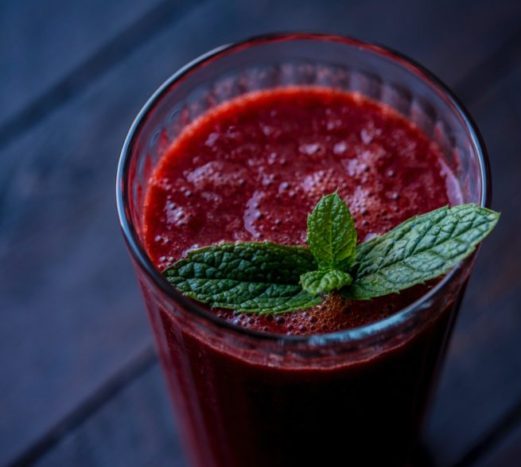
10 Mar What’s the Deal with Juicing?
The main difference between juicing and blending (smoothies) is that with juicing you are extracting the fiber and when making smoothies you are using the entire fruit and vegetable. With juicing the pros are that the vitamins and antioxidants reach your body very quickly. The cons with juicing are that the skin and the pulp of fruits and veggies is where the fiber and many nutrients are found, and if you discard these parts, you’re throwing out the most beneficial parts of the fruits and veggies.
So how do you make the most of juicing? The key is that you want to juice mostly veggies, especially green veggies. Cucumber, celery, romaine lettuce, and kale, are great choices to start with. Additionally, adding some broccoli stems, fennel, ginger, lime, and grapefruit would be great. Beets and carrots are ideal veggies to add for some sweetness. For fruits, you can add some pears, pineapple, and apples.
If you enjoy juicing or would like to give it a try keep these tips in mind to maximize the benefits.
- Juice, no matter where it comes from, is a concentrated source of calories. This is especially true if you use more fruits than vegetables in your juices. Try to juice mostly veggies, especially green veggies, aim to keep the ratio of veggies to fruit 1:3, so 3 times the number of veggies than fruit.
- Make sure your diet is high in fiber. If you are eating a mostly plant-based diet that’s high then you don’t need to be too concerned with having the fiber taken out in the juicing process.
- Use the pulp that is left behind the juicing process into baked goods or casseroles so you are reducing waste and adding the fiber back in the diet.
- Stick to homemade juices instead of prepared ones – this way you can control not just the portions but also the ingredients that go into your juices.




Sorry, the comment form is closed at this time.